#african wildlife
Text
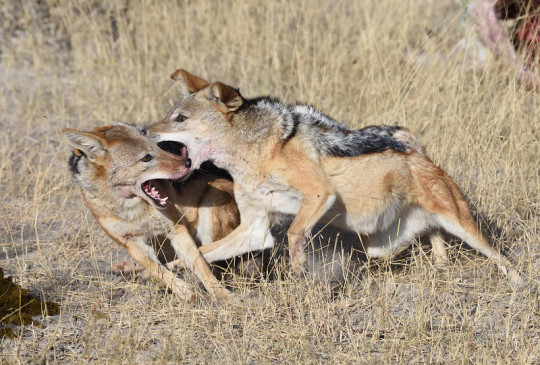

Cape black-backed jackals (Lupulella mesomelas mesomelas)
Okavango Delta, Botswana
Photos by Scott Ableman
1K notes
·
View notes
Text

What's this? A male rock agama, nicknamed the Spider-Man lizard.
2K notes
·
View notes
Text
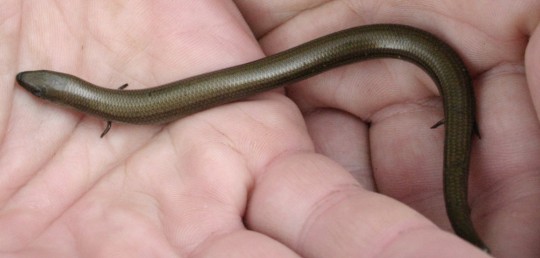
Italian Three-Toed Skink (Chalcides chalcides)
Family: Skink Family (Scincidae)
IUCN Conservation Status: Least Concern
Like several other species of lizard, the Italian Three-Toed Skink has adapted to move through areas covered with dense vegetation by developing an elongated, flexible, snake-like body with highly regressed limbs, although unlike many other "snake-like lizards" members of this species still possess four tiny limbs, each ending in a stumpy three-toed foot. Said limbs are far too small to support the skink's weight and serve no role in movement (which is achieved through an elegant snake-like slithering motion,) which has led many to question what purpose, if any, they serve; it is generally assumed that the limbs are vestigial and that, given sufficient time, the descendants of modern Italian Three-Toed Skinks will lose them entirely, although some herpetologists and evolutionary biologists have suggested that the continued existence of this species' limbs suggests that they must serve some function, such as being moved as part of a courtship display or allowing mating individuals to hold onto one another (although as these behaviours have never been observed these suggestions are entirely speculative.) Found in damp, well-vegetated areas across most of mainland Italy as well as Tunisia, Algeria, Libya and the nearby island of Sardinia, members of this species are diurnal, feed mainly on insects and breed during the spring; like most skinks, females of this species give birth to live young, with newborns, which resemble miniature adults, being independent immediately after birth.
--------------------------------------------------------------------------
Image Source: https://www.inaturalist.org/taxa/53646-Chalcides-chalcides
#Italian Three-Toed Skink#skink#skinks#animal#animals#zoology#biology#herpetology#herpetofauna#wildlife#european wildlife#african wildlife#reptile#reptiles#lizard#lizards#squamata#squamates
879 notes
·
View notes
Photo



“Mandevo the lion tried to swipe a buffalo kill from the new mothers, not realising it was meant for their 11-strong brood of cubs. Mandevo suffered a nasty bite to his genitals during the fight in Maasai Mara, Kenya, that left vets no choice but to remove one of his testicles. Photographer Gren Sowerby captured the cat fight on camera, allowing him to raise the alert rangers who moved in to administer veterinary treatment.” x
1K notes
·
View notes
Text

Yellow mongoose (Cynictis penicillata)
Photo © James Tompkins
2K notes
·
View notes
Text
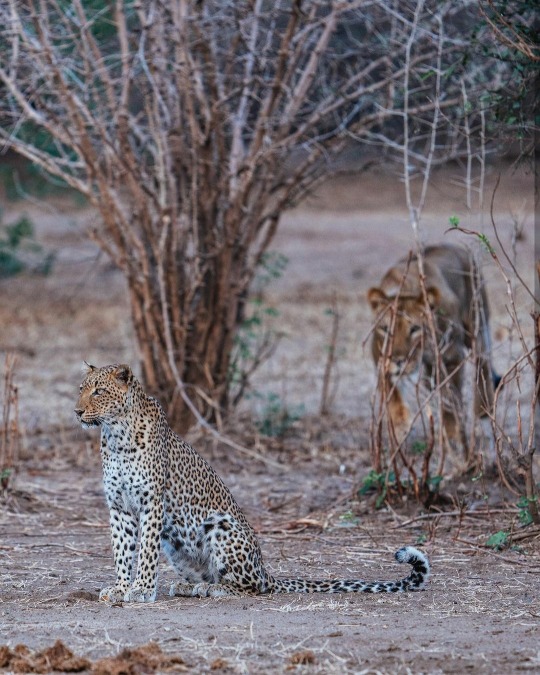
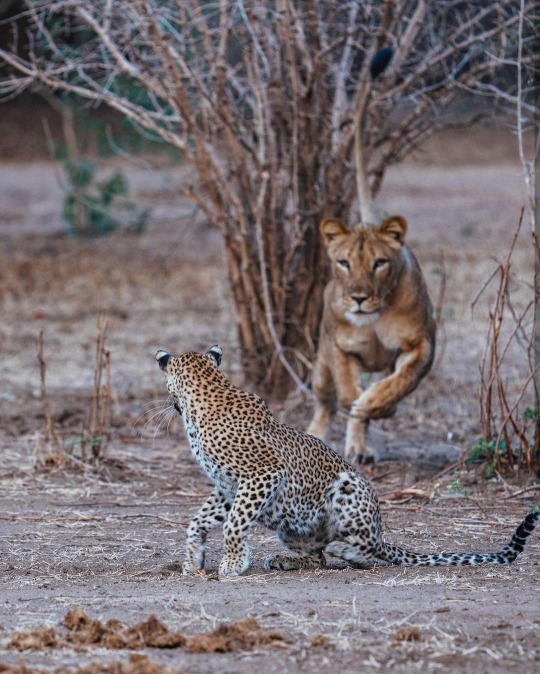
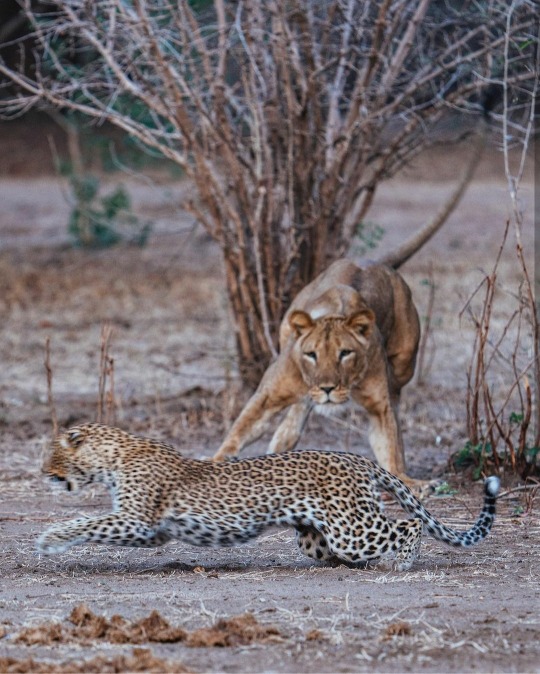
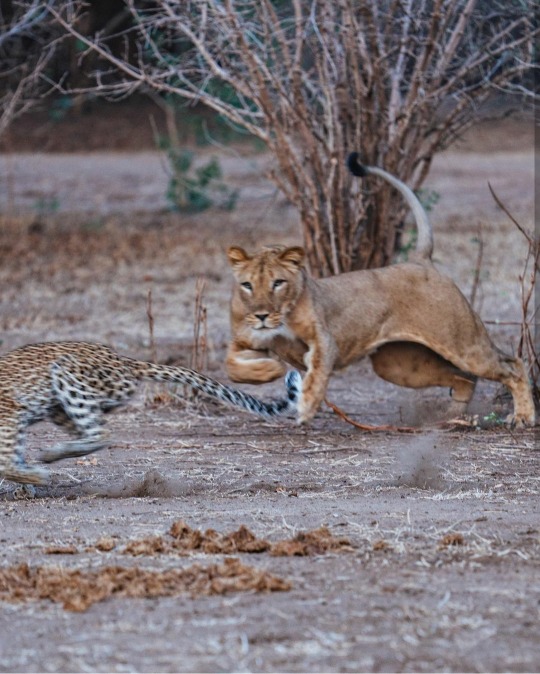

Lower Zambezi National Park, Zambia
Whew! That was close. (She escaped without a scratch.)
149 notes
·
View notes
Text

Solly Levi
solly_levi (instagram)
150 notes
·
View notes
Photo

Photographer Helps Build Waterhole to Capture Incredible Photos of African Wildlife Using Camera Traps - Kenya’s Shompole Wilderness Camp
Hyena
Photographer: Will Burrard-Lucas
#will burrard-lucas#photographer#hyena#animal#mammal#wildlife#nature#waterhole#camera traps#african wildlife#kenya#shompole wilderness camp#canine
198 notes
·
View notes
Text

Cheetahs have an aristocratic demeanor.
#south africa#africa#original photography on tumblr#wildlife photography#big cats#cheetah#african wildlife
43 notes
·
View notes
Text
#i have to develop a program about gorillas#im leaning towards conservation bc i feel its not touched on enough#gorillas#gorilla#primates#zoo#zoos#zoo animals#wildlife#wildlife biology#nature#mammals#naturalist#Africa#african wildlife#great apes
138 notes
·
View notes
Text

Im very amused by the fact that Australia's beloved bin chicken is so closely related to the African Sacred Ibis. So I've drawn them as cousins.
#birb#bird#birblr#Ibis#White ibis#Bin chicken#Australian white ibis#African sacred ibis#african wildlife#australian wildlife#Bogan
108 notes
·
View notes
Text

Ostrich
378 notes
·
View notes
Photo
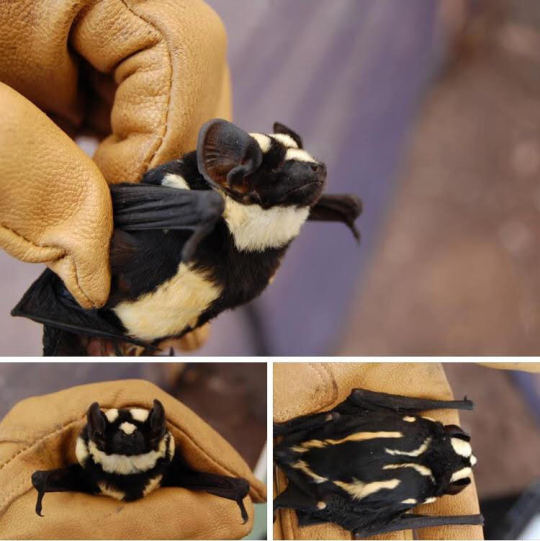
What’s this? A very rare type of black and white bat. Nicknamed the “panda bat,” it’s native to South Sudan.
3K notes
·
View notes
Text
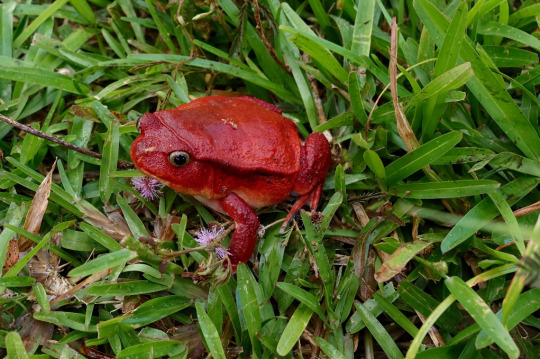
Tomato Frog (Dyscophus antongilii)
Family: Narrowmouth Frog Family (Microhylidae)
IUCN Conservation Status: Least Concern
Named for their rotund red bodies, Tomato Frogs are endemic to Madagascar where they are mostly found in wet, well-vegetated environments in the northeast. Spending the day buried beneath damp soil or leaf litter to avoid predation and dehydration, members of this species emerge at night to hunt for beetles, flies and other terrestrial arthropods, and respond to threats from nocturnal predators by inflating their bodies to appear larger and secreting a thick, sticky and mildly irritative substance from their skin, making them difficult for predators to bite or grab. Tomato Frogs breed following periods of heavy rainfall, and like almost all frogs they lay their eggs in water; males, which are smaller and paler than females, gather around suitable ponds or slow-moving rivers and streams during the night and produce low, quiet, grumbling calls, competing for the attention of females. If a female selects a male she will allow him to cling to her back and will carry him around for an extended period as she lays over 1,000 soft, transparent eggs which he fertilizes externally. Shortly after fertilization the eggs hatch into tiny, limbless, fully aquatic tadpoles that gradually develop limbs and lungs over the course of several months - after transitioning to life on land young Tomato Frogs are initially dull brown or pale yellow, gradually developing a redder colouration until they reach full maturity at 2-3 years of age.
------------------------------------------------
Image Source: Here
#tomato frog#Tomato Frog#frog#frogs#amphibian#amphibians#zoology#biology#herpetology#wildlife#African wildlife#herpetofauna
183 notes
·
View notes
Photo
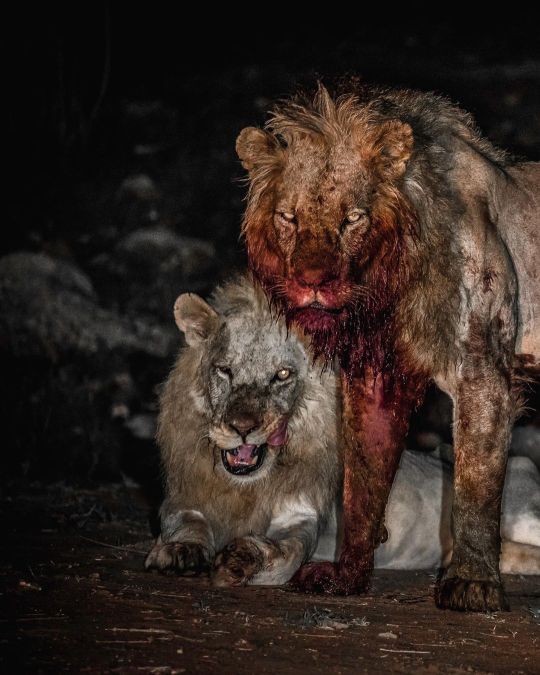
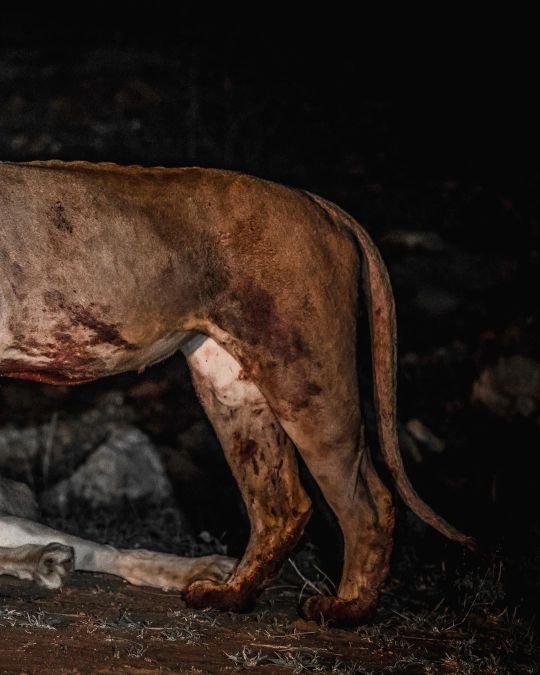
by Valentin Pacaut x
368 notes
·
View notes
Video
Lion Cubs by Nicholas Ferrary
Via Flickr:
Photo taken with Nikon D810 camera. Location: Serengeti National Park, Tanzania, Africa.
#NIcholas Ferrary#Nature#Nikon#Nikon D800E#Nikon 200-400 mm VR#Nikon D810#D800E#D810#200-400mm#VR2#Nikon 200-400 vr2#Wildlife#Africa#African Wildlife#Serengeti#Serengeti National Park#Tanzania#Lion#Cubs#Lion Cubs#Animals#Grass#Predators#flickr
42 notes
·
View notes